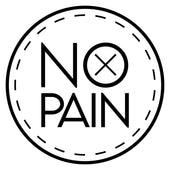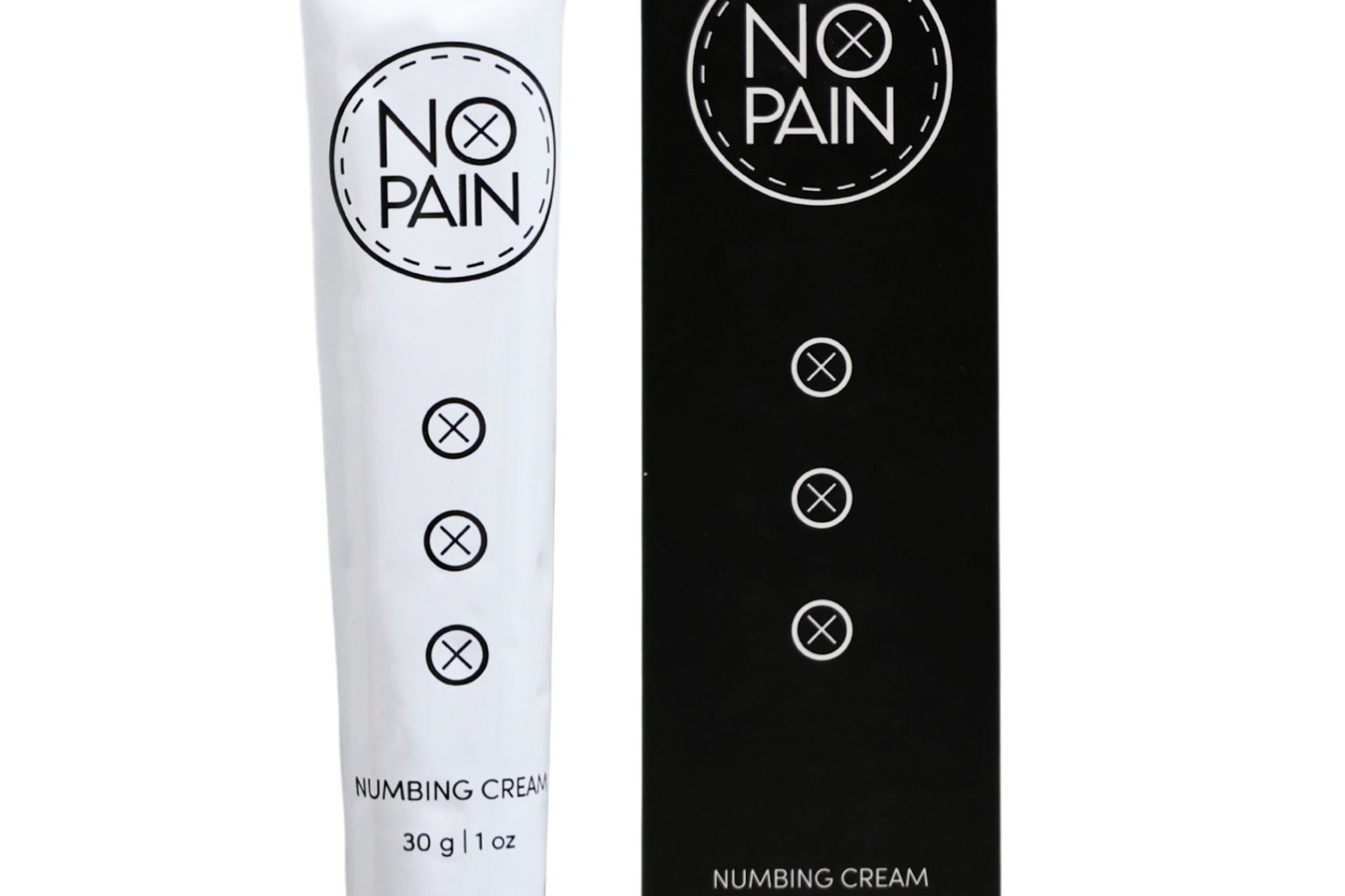You're in the chair, ready for your session to begin. You watch as your artist expertly dismantles a new, sterile package and fits a shiny set of needles into their machine. But have you ever wondered what, exactly, those needles are? Are they all the same? And why do they keep switching them out during your tattoo?
The tattoo needle is the artist's paintbrush. It is the single most important tool that translates their vision from paper to skin. Understanding the different types of needles and what they do is the key to appreciating the incredible technical skill that goes into your tattoo.
This is your simple guide to the different types of tattoo needles and why using the right one is so critical for a beautiful result.
The Basics: Needles are Not a Single Point
The first thing to know is that a "tattoo needle" is not just one single needle. It is a grouping of many tiny, sharp needles (called "sharps") that are soldered together in a specific configuration onto a needle bar. The way these needles are grouped is what gives them their specific job.
The two main categories are Liners and Shaders.
1. Round Liners (RL)
-
What they are: As the name suggests, the needles in a Round Liner are soldered together in a tight, round formation. You'll see them labeled with a number and "RL," like 3RL (3 needles), 5RL (5 needles), or 9RL (9 needles).
-
What they do: Their one and only job is to create clean, crisp, solid lines. The tight grouping allows for a very precise and controlled application of ink. A smaller grouping (like a 3RL) is used for fine-line details, while a larger grouping (like a 9RL or 11RL) is used for the bold, thick outlines you see in American Traditional tattoos.
-
The feeling: Lining is often described as the sharpest, most "scratchy" part of the tattoo process.
2. Round Shaders (RS)
-
What they are: Round Shaders look similar to liners, but the needles in the round grouping are spaced a bit further apart.
-
What they do: While they can be used for some line work, their primary purpose is shading small areas, creating smooth color blends, and filling in small details.
3. Magnum Shaders (Mags)
-
What they are: "Mags" are the artist's tool for shading and coloring large areas. The needles are soldered in a flat, wide formation, like a tiny rake. There are a few different types, like "Weaved Mags" (M1) and "Stacked Mags" (M2), each with a slightly different needle arrangement.
-
What they do: Their wide formation allows an artist to pack in solid color, create smooth black and grey gradients, and blend colors seamlessly over a large area with fewer passes. This is more efficient and often less traumatic to the skin than trying to shade a large area with a small round needle.
-
The feeling: Shading with a magnum is often described as a duller, more abrasive "rubbing" or "burning" sensation rather than a sharp scratch.
Why Using the Right Needle Matters So Much
A great artist is a master of their tools. They will likely use several different needle configurations during your tattoo session, switching them out to create different effects: a Round Liner for the outline, a large Magnum for the color fill, and maybe a Round Shader for some small details.
An artist's choice of high-quality, sterile needles is a sign of their professionalism. It shows they are invested in creating the best possible art with the best possible tools.
Your investment in the process shouldn't be any different. Just as an artist uses specialized tools for the best result, you should use specialized products for the best heal. A great artist would never use a cheap, dull needle, and you shouldn't use a cheap, irritating lotion.
A professional aftercare system, like our No Pain Tattoo Aftercare Bundle, is designed with the same professional-grade mindset. The Cleansing Foam, Soothing Gel, and Aftercare Balm are the specialized "tools" you need to ensure the incredible work your artist created heals perfectly.
The Verdict: The next time you're in the chair, you'll have a new appreciation for the different tools your artist is using. Understanding the difference between a liner and a shader gives you a deeper insight into the incredible skill and precision that goes into every single tattoo.

